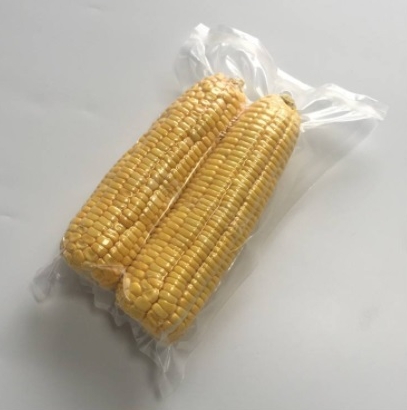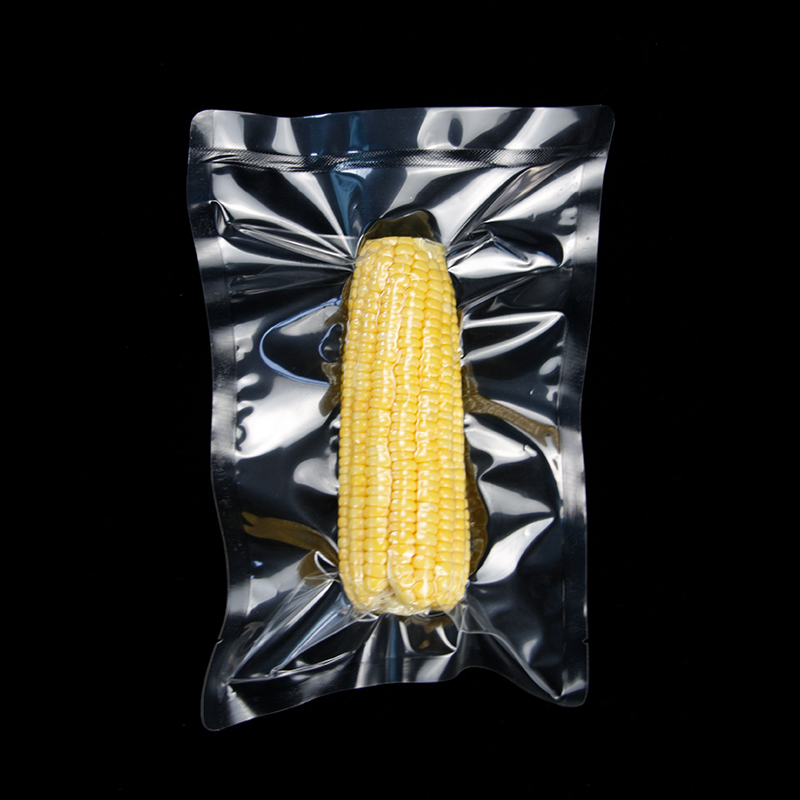Corn/Maize Packaging: High-Tech Solutions for Freshness
In the world of agricultural products, corn stands out for its rich nutrition and diverse flavors, making it a favorite among consumers. Corn packaging plays a critical role in preserving the quality and enhancing the market value of corn.
To maintain corn’s freshness during storage and transportation, packaging must have exceptional protective properties. Corn is highly susceptible to losing freshness due to exposure to air, moisture, and light. Packaging made from high-barrier materials that effectively block oxygen, moisture, and UV light can slow down oxidation and prevent spoilage. For instance, using specialized plastic films or composite materials creates a stable storage environment that keeps corn fresh and juicy for longer periods.
Additionally, cushioning is essential for corn packaging to protect it from damage during transport. With potential compression and impact risks, using materials like foam or bubble wrap, or incorporating smart packaging designs like thicker corrugated layers or honeycomb structures, can significantly reduce the risk of damage. This ensures that, whether during long-distance shipping or local handling, corn reaches consumers in perfect condition.
Convenience is also crucial for corn packaging. Easy-to-open designs, such as zipper bags or tear notches, improve user experience by allowing consumers to access the corn effortlessly. The packaging should also be lightweight and portable, catering to both household storage and on-the-go needs.
As environmental awareness grows, eco-friendly corn packaging is in high demand. Using biodegradable and recyclable materials, such as paper-based packaging or bio-degradable plastics, reduces environmental impact and strengthens a company’s social image. This aligns with modern consumers’ preference for sustainable products and supports the green development of the corn industry.

One of the key technologies in corn packaging is Modified Atmosphere Packaging (MAP). By adjusting the composition of gases inside the package—reducing oxygen levels and increasing carbon dioxide—it helps slow down the corn’s respiration rate and extends shelf life. Combined with cold storage and UV sterilization, this advanced packaging technique ensures consumers enjoy corn that tastes as fresh as if it had just been harvested.
Vacuum packaging is another important method, where air is removed from the package to create a vacuum, reducing contact with oxygen and moisture. This prevents oxidation and spoilage, making it ideal for long-term storage and transportation while minimizing packaging volume for easier storage.
Smart packaging technology is also introducing new possibilities. Sensors and RFID technology enable real-time monitoring and management of packaged corn. Temperature and humidity sensors can alert consumers about optimal storage conditions, while RFID allows for traceability of production details, enhancing food safety management.
Regarding materials, one of the most stable choices for corn packaging is the high-temperature-resistant Nylon. Its oxygen barrier properties remain exceptional, even after high-temperature cooking. Composite packaging, which combines materials like paper and plastic, offers both environmental benefits and protection.
In conclusion, corn packaging is a field filled with both challenges and opportunities. By continuously improving performance, innovating packaging technologies, and addressing the pain points in domestic corn packaging, we can inject new vitality into the corn industry and provide consumers with fresher, higher-quality, and eco-friendly corn products.

Packtastic’s custom corn cooking bags, maize retort bag are designed to withstand extreme temperatures of up to 135°C. For more details, please reach out to our sales team.
Previous: What is a Retort Pouch
Next: Aluminum Foil Pouch